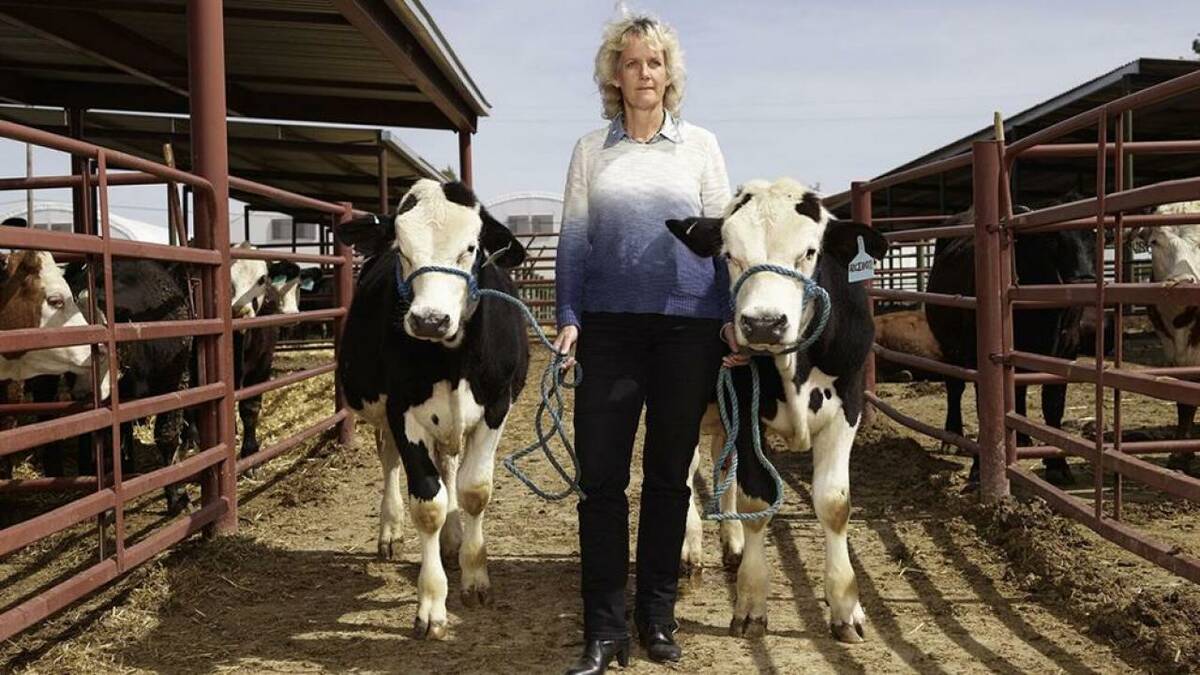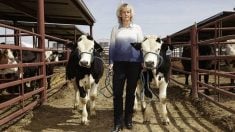EDMONTON — Milk producers and their major customers, the processors, debated a series of issues during a panel at the 86th convention of the Alberta Dairy Association.
Topic 1: Should there be a western regional milk pool with processors moving to a single, most economical location?
Jim Hart, district manager of Lucerne Foods of Vancouver, said he could envision a pool that would draw milk from all the western provinces and northern Ontario. A pool of that size would have to have standardized classes of milk. If there are no borders for milk there must also not be borders for its byproducts.
Read Also

Stacking Canada up on gene editing livestock
Canada may want to gauge how Argentina and other countries have approached gene editing in livestock and what that has meant for local innovation.
“If milk supply was pooled on a provincial basis, processors should also have equal access to the supply,” said Hart.
A member of the audience wondered who would pay the extra freight for getting the milk to the processors. Panelist and dairy farmer Bruce Beattie of Sundre said the consumer would end up paying the extra cost.
“It’s our responsibility to get the milk to the plant. We have to recover that,” said Beattie.
Richard Doyle, executive director of the Dairy Farmers of Canada, said a regional pool is the first step toward a national pool to help resolve export problems.
Topic 2: What are the advantages and disadvantages of the GATT and NAFTA agreements?
Thorsby farmer Robert Krueger said with GATT, dairy farmers finally know where they stand. If the Canadian economy picks up because of GATT, it will help dairy farmers.
But GATT puts pressure on the orderly marketing system. “To remain competitive we have to gain efficiencies,” said Krueger.
Alvin Johnstone of Agri Foods said few dairy farmers view GATT favorably. He sees producers responding by producing more milk with fewer cows.
“There’s no question the overall industry will have to be more competitive … depending on the political will and our industry.”
Topic 3: Will higher Canadian milk quality standards be advantageous to trade under the agreement?
Doyle said the United States has one standard of milk for the entire country. That single standard has prevented Canadian milk from entering the U.S. It’s not that Canadian milk is inferior, but that each province sets its own standards.
He predicted the next GATT disagreement will be fought using sanitation as an issue. It would help Canada in the fight to have a single standard.
For five years a Canadian-American negotiating committee has been trying to harmonize a standard with no progress, said Doyle.
Generic or brand name?
Topic 4: Is generic or branded advertising of milk more effective?
Dairy farmer Leonard Crozier of St. Albert said generic advertising is the best way to expand the market. Brand advertising doesn’t increase the market, just its share in the existing market.
“Brand advertising is trying to take a little piece of someone else’s pie,” said Crozier.
Gerald Holgerson disagreed. The Smoky Lake dairy processor said he “strongly believes there has to be more brand advertising. When we have a special product we want people to know about it.”
Topic 5: Is the present fluid milk pricing system out of date?
Bruce Beattie said the existing formula is based on cost of production. Compared with other prairie provinces, Alberta is in line.
“We need the part of the production formula to expect a return for our equity and our labor,” he said. “The present pricing system is not out of date.”
Lucerne’s Jim Hart skirted the issue by saying pricing is a producer issue, not a processing one. “Whether it’s effective or not, the point is are we doing everything to be competitive in the global market?”














